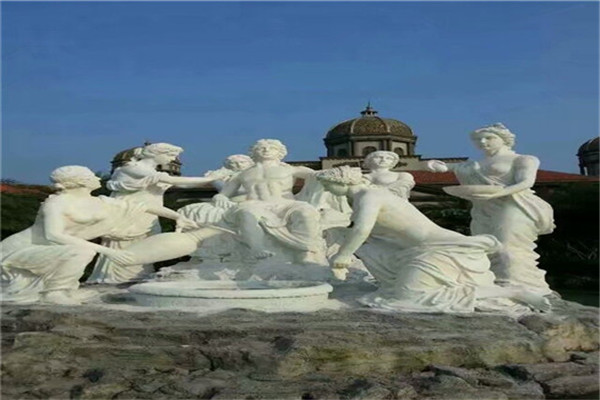
The rapid development of urban sculpture has increasingly become an important part of environmental art and the expression of urban image. Sculpture materials are mostly natural stone, artificial stone, wood, metal, cement and new materials such as plastic, rubber, stainless steel, aluminum alloy, gold copper, glass fiber reinforced plastic, etc. In order to cater to the trend of people's "returning to nature", break through the stereotype of traditional sculpture "steel and cement", enrich the environmental space, better protect and beautify the environment, reflect the meaning of sculpture, and make the urban landscape more attractive and cultural and artistic taste, "green sculpture" came into being at the historic moment, quietly sweeping all countries in the world. It refers to the artistic image with different postures and vivid charm, which is carefully cultivated and pruned by various green plants, especially trees. It combines garden and sculpture art, skillfully integrates the theme of "people, animals and nature" into beautifying the urban environment, and has a wonderful effect of shaping a beautiful image of the city and protecting the urban environment. The green sculptures are generally novel in design and rich in meaning. The overall style is beautiful and grand, full of modern flavor. Green sculptures are not only rich in materials, but also can release oxygen needed by human beings, absorb carbon dioxide, purify air, regulate air humidity, and bring health and artistic enjoyment to the city.
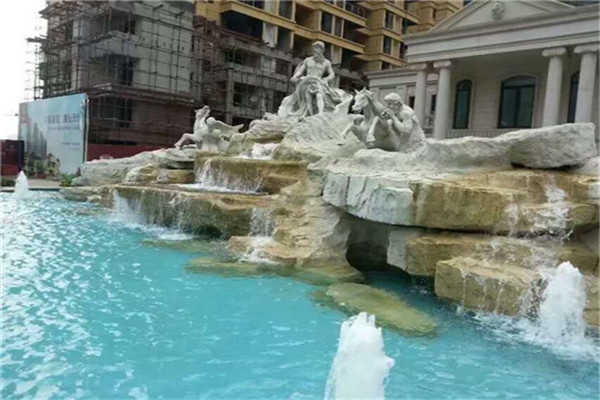
Relief is a kind of sculpture. The sculptor carves the image he wants to shape on a flat plate, making it separate from the plane of the original material. Relief is the product of the combination of sculpture and painting. It deals with objects in a compressed way, and displays three-dimensional space by perspective and other factors. It is only for one side or two sides to see. The reliefs are usually attached to another plane, so they are used more in architecture and can be seen on utensils and implements. Due to its compression characteristics, it occupies less space, so it is suitable for decoration in a variety of environments. In recent years, it has played an increasingly important role in urban beautification. The relief is as rich and colorful as the round sculpture in content, form and material. The materials of relief include stone, wood, ivory and metal. The relief is a semi vertical sculpture whose image shape protrudes from the stone surface (as opposed to the relief). It can be divided into light relief and high relief according to the depth of stone removal in image modeling. The bas reliefs are single level statues with relatively simple contents; The high relief is a multi-level statue with complicated contents. The carving technique and expression style of relief are basically the same as those of round sculpture. Many ancient and modern large-scale memorial buildings, high-end mansions and private houses are equipped with such decorations. Their main works are wall blocks, flower windows, dragon columns (early) and column bases.
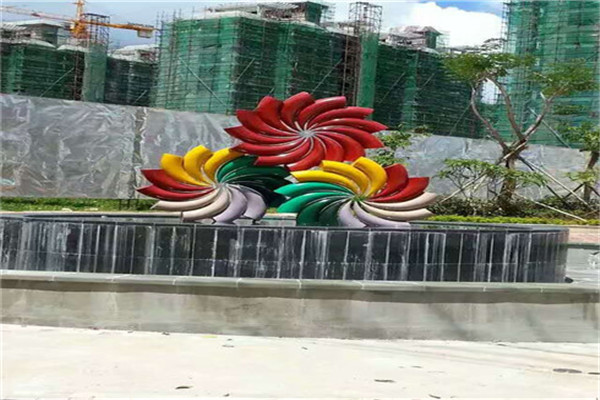
Sculpture art is a kind of plastic arts, also called sculpture, which is the general name of three creation methods of sculpture, carving and sculpture. It refers to the art of using various plastic materials (such as gypsum, resin, clay, etc.) or hard materials (such as wood, stone, metal, jade, agate, etc.) that can be carved or carved to create a visual and touchable artistic image with a certain space to reflect social life and express artists' aesthetic feelings, emotions, and ideals. Changjiang Sculpture It is diverse, so the law of development has different ups and downs. For example, the bronze ware manufacturing and decorative carving in the Yin and Zhou Dynasties in China were unmatched by future generations. The themes of the Han Dynasty's stone reliefs fully reflect the real life at that time. cost performance Sculpture The sculptures in the Tang and Song dynasties certainly exceeded those in the Han Dynasty, but the works of the Tang and Song dynasties never fully reflected the reality as the Han Dynasty stone reliefs did. The handicraft industry and commerce of the Ming Dynasty were improved compared with those of the Tang and Song Dynasties, but the sculptures of the Ming Dynasty rarely showed the characteristics of each work as fully as those of the Song Dynasty. Although the sculpture of the Ming Dynasty is not as good as that of the Tang and Song Dynasties, other artistic achievements of the previous dynasties are naturally behind.
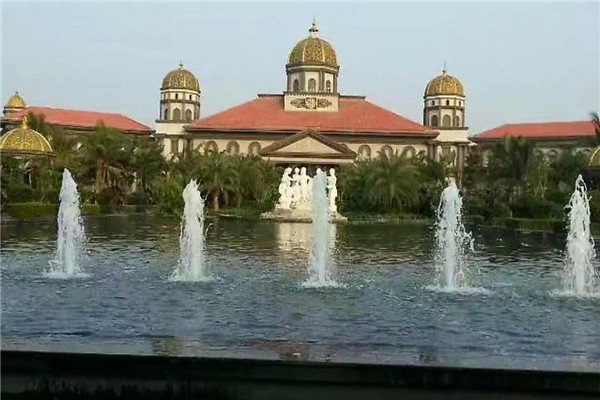
Root carving is to create artistic works of characters, animals, utensils and other artistic images through conception, artistic processing and process, taking the autogenetic form and distorted form of tree roots (including tree bodies, nodules, bamboo roots, etc.) as the object of artistic creation. Root carving art is a kind of plastic art that finds natural beauty and shows creative processing. The so-called "three parts of labor, seven parts of nature" means that in the creation of root carving, most of the natural forms of root materials should be used to express artistic images, and a few of them should be artificially processed and modified. Therefore, root carving is also called "root art" or "root art". The basic technique of root carving is to use exaggeration, fantasy and abstraction to reflect real life. To be specific, it is to make a comprehensive and careful observation of the selected root material and make a clever idea. By virtue of its shape, texture, knots, concavity and convexity, curvature, holes, and so on, it is a bold idea to combine the virtual with the real. The line seeks the usable value of the material itself with a variety of themes and contents, and is good at finding the extraordinary from the ordinary, and gradually determines the overall image of the creation. It is very important to make clear the creative idea and imagine boldly for the root generation creation.
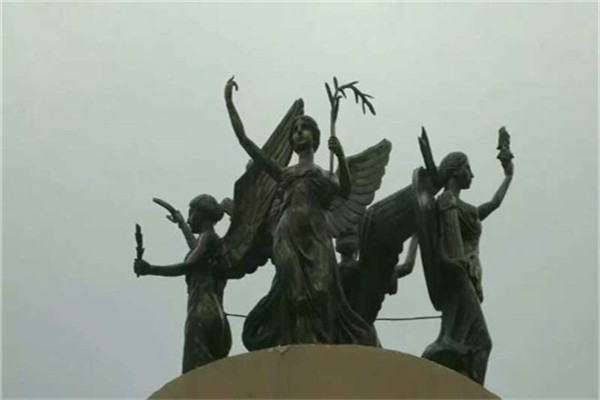
Common architectural styles of GRC include European style, Mediterranean style, North American style, modern style, neoclassical style, new Chinese style, etc. In the practical application of new Chinese style buildings, the overall use of wood frame structure, or change the solid wood to concrete and wood like paint to reduce costs; Then, stone materials such as cornices, brackets, moldings, flower pots, etc. of buildings are replaced by GRC components sprayed with stone like paint, which can reduce a lot of material costs, reduce costs, and achieve design results. Hainan GRC components are applicable to the external walls of various styles of buildings. They are rich in shapes, exquisite and elegant. They provide a variety of creative choices for architectural designers. They can reflect the decorative style of buildings to a large extent, and are a new green decorative material.
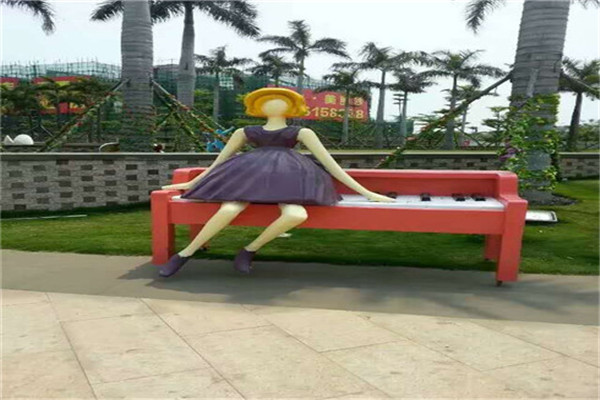
1. Traditional green sculpture shaping: directly pruning the plants with garden art. There are simple geometric shaping (such as sphere, cube, pyramid, cylinder), complex geometric shaping (layered shaping, spiral shaping, etc.), animal shaping and various peculiar shaping (automobile shaping, aircraft shaping, abstract and free shaping, etc.). Common plants include pine and cypress, privet, boxwood, national locust, elm, etc. 2. Grafting: taking a certain plant as the rootstock, grafting plants with different impressions on it, and then making artistic processing of its shapes, such as polychrome chrysanthemum bonsai, polychrome rose bonsai, polychrome peach, polychrome plum, polychrome crabapple, etc. Such as cliff chrysanthemum, tower chrysanthemum, animal shaped chrysanthemum, etc. 2.1 Single plant green sculpture refers to the sculpture formed entirely by one plant or one plant with multiple colors or by grafting multi-color plants. The sculpture has a long viewing period and simple operation. For example, tree sculptures can be kept for a long time only by special pruning, without considering flower changing and water spraying, and the maintenance management is simple. 2.2 Double plant green sculpture refers to the sculpture shaped by two different kinds of plants. The sculpture has a long viewing period and a strong three-dimensional sense. It is usually modeled with the complementary and mutually reinforcing advantages of two plants. Such as evergreen and deciduous plants, broad-leaved and coniferous plants, lianas and herbs, as well as different colors, species, branches and leaves, such as leaf color, flowers and fruits, branches and stems. 2.3 Mixed plant green sculpture refers to sculpture with three or more kinds of plants. The sculpture has a short viewing period and complicated operation, but it is highly ornamental and lifelike. The common ones are large three-dimensional sculptures, some animal shaped sculptures elaborately composed of flowers, leaves and fruits of different plants according to design requirements, such as peacock, red crowned crane, panda, etc; Or symbolic sculptures with certain cultural connotation and city image, such as idiom allusion sculptures (learning to walk in Handan, dancing at the smell of chickens), Olympic seal, football World Cup, etc.






